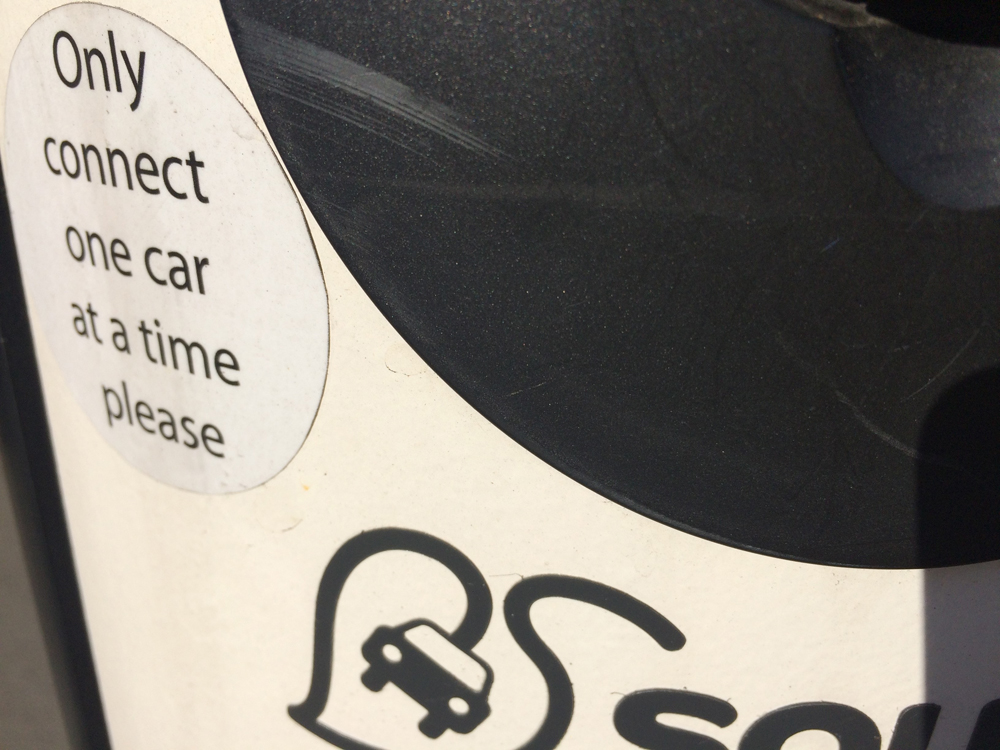
For tolling agencies that have always been highly adept at long-term traffic and revenue forecasts, and at keeping tabs on economic, technological, and social trends, new uncertainties about the future have been one of the more significant impacts of the Covid-19 pandemic.
So veteran tolling executives are stepping up to fill the gap, drawing on decades of experience to uncover the opportunities ahead and the success factors that will keep the industry strong and thriving. The International Bridge, Tunnel and Turnpike Association is playing its usual role as a convenor, bringing industry experts and thought leaders together to connect and map out a different future.
“When the pandemic began, our members turned to each other for support, ideas, and emerging best practices, figuring out how to keep their staff and customers safe and their facilities operating,” recalls IBTTA executive director and CEO Patrick Jones. “Now those discussions are shifting to look at what’s next, and it’s amazing to see what happens when the best minds in the business turn their attention to a big, unprecedented challenge.”
Future success in transportation
By 2025, IBTTA members see tolling and transportation emerging from the crisis, smarter, stronger, and more tech-enabled.
“The movement away from fossil fuels as a sustainable revenue source for transportation will reach a clear tipping point,” predicts Samuel Johnson, IBTTA president and interim CEO of the Transportation Corridor Agencies in Irvine, CA.
“Traffic demand will fully recover from the pandemic, and the recognition that investments in surface transportation and transit are needed, will create even more acceptance for user-based fee models, specifically tolling.”
He added: “Tolling itself will go through another technology evolution to begin leveraging in-vehicle telematics, further reducing collection costs and supporting varied pricing programmes, a shift that will cover the costs of new and existing infrastructure, while supporting sophisticated demand management strategies and meeting environmental objectives.”
For Jeff Heilstedt, national director of tolling services at WSP USA, success by 2025 will mean a new tolling operation on I-205 in Oregon’s Portland Metro area and advancement of tolling evaluation on I-5. These two projects will demonstrate that the public “is willing to pay for transportation improvements as long as those improvements are really being made as promised”.
Washington State Department of Transportation assistant secretary for urban mobility and access, Patty Rubstello, sees opportunities for “a new way of thinking about teleworking and office space requirements,” depending on how customers choose to travel post-pandemic.
“If people change where they live, that will have effects on land use and transportation modes,” she says. And “providing more housing near employment centres could shorten commutes and support more active forms of transportation for shorter trips,” a shift that would “promote healthier communities and reduce traffic, fuel consumption and emissions”.
North Carolina Turnpike Authority executive director JJ Eden cites in-vehicle electronic payment systems as the biggest change the industry is likely to see, completing an evolution that began with electronic toll collection and all-electronic tolling (AET).
“You’re going to see transportation systems that combine tolling, gas, parking, anyplace you take your car,” he says. Two factors are driving the trend: “One is Covid, and an unwillingness to handle cash. The other is the advancement of the electric vehicle [EV] and the technology involved.”
Ed Regan, senior vice president at CDM Smith, expects increasing EV use to continue the erosion of gas tax revenue and accelerate a shift to road usage charging (RUC). “One question is whether the current apprehensiveness about ‘travelling together’ will completely disappear,” he says. “Prior to Covid, it was clear that long-range solutions to highway congestion would include strategies to get some folks out of their single-occupant cars. But if people are still uneasy about ride-sharing and transit, that could act to increase congestion in the near term.”
Regan also sees the industry achieving true, nationwide electronic toll interoperability by 2023 or so.
For Cintra vice president Juliá Monso, “success in 2025 is being able to set the foundation for fair, efficient and effective long-term financing of our crumbling infrastructure” in a system that combines RUC, urban congestion charges and “tolled projects where appropriate in a whole range of versions (truck tolling, managed lanes)”. He sees projects being developed either by public agencies or through public-private partnerships.
Laying foundations for remote work
In 2025, the most effective tolling agencies will be able to look back to the spring, summer and fall of 2020 and pinpoint the steps they took to lay the foundations for their future success. Kary Witt, vice president, national tolls practice at HNTB Corporation, says the list of best practices begins with embracing collaboration and videoconferencing tools that allow key personnel to work from home.
In many agencies, Witt says, that transition has gone more smoothly than anyone could have hoped, with employees maintaining high levels of productivity—although “now that the novelty has worn off, some limitations of work-from-home are starting to reveal themselves”.
Heilstedt agrees that working from home is an essential step, along with reductions in capital and operating costs and the development of new, updated business models. Johnson foresees the emergence of a “new customer service operational model, less dependent on bricks-and-mortar facilities,” that will “play a role in how we plan for growth and how our contractors recruit talent”.
Covid-19 has also shown agencies and customers alike that customer service can happen from home, Rubstello adds. After shifting to a “virtual-based service” model to address safety concerns during the pandemic, she says: “We found that customers grew accustomed to the convenience of managing their accounts online. Customers who prefer individual assistance can use the call centre, where representatives can walk them through any issues they may be having. The shift accommodates the customers’ behaviour, while allowing the agency to close two of its three walk-in centres and cut costs.”
Regan says the pandemic experience is already producing a change in the way traffic and revenue forecasts are developed, with greater emphasis on scenario testing for different possible patterns of recovery. That also applies to long-term revenue forecasts.

“There is little doubt that travel, particularly urban mobility, will be quite different in, say, 2050 than it is today, even without Covid-19,” he says. “Exactly how and when is not certain, but the changes will inevitably come. Since the toll industry lives in a world of long-term debt, that future cannot be ignored, so scenario testing in traffic and revenue forecasting is here to stay.”
In France, the national highway association (ASFA) is looking to “contribute to a stimulus package after the crisis that would create the infrastructure for decarbonised mobility”, said executive director Christophe Boutin. High electricity costs might be a challenge, but “we believe they could be integrated in our economic model, the concession contract, to create the network that will help convince people to buy electric cars”. Boutin sees the same opportunity on the horizon with hydrogen-fuelled trucks.
Challenges ahead for transportation planners
Johnson sees continuing challenges for the industry in the years ahead, with growing roadway usage continuing to drive peak demand in spite of the rise in teleworking. Heilstedt points to the uncertainty around those changes as a challenge in itself.
“At this point, we don’t know what travel patterns will return, as opposed to those that will fundamentally change over the long-term,” he says. “We also don’t know what the economy overall will look like, except that budget deficits will severely destabilise state and local governments.”
But if there’s one certainty for transportation planners, “the nature of highway wear and tear has not changed,” he adds. “Maintenance, rehabilitation and replacement needs will continue and grow, and clearly we will have to do more with less.”
Agencies will have to address that challenge at a time when not all the financial obstacles wrought by Covid-19 have cleared, Rubstello says. “Given the significant decline in traffic experienced nationwide during the pandemic and the uncertainty that another pandemic won’t occur, bonding of toll revenue will continue to require more conservative assumptions, particularly for managed lanes in urban corridors,” she predicts. “More conservative assumptions will result in less revenue available for projects, operations and maintenance.”
Witt agrees that a “severe lack of funding” will drive the need for a “sustainable and equitable mechanism to fund needed repair and maintenance, as well as capital projects to expand systems where warranted”. He adds that a permanent shift to AET will require agencies to institutionalise practices they first adopted on a temporary basis in response to the pandemic, leading to growing pains as “traffic returns to pre-Covid levels and hastily-implemented AET processes are stress-tested”.
But a well-functioning transportation system will still be a key to economic and social recovery, with highways and tolling leading other modes, Witt notes. That means tolling agencies “will need to avoid the temptation to defer maintenance and necessary capital projects” and the industry “will have to address social equity and environmental justice issues more aggressively” at a time when many customers’ economic circumstances have changed.
 At this complex and uncertain time, Regan stresses that “the future of the toll industry remains bright” - as long as agencies can adapt to inevitable changes down the road. He points to mobile payments, Mobility as a Service, and Vehicle to Infrastructure communications as technology shifts that could point toward a future that is brighter than ever.
At this complex and uncertain time, Regan stresses that “the future of the toll industry remains bright” - as long as agencies can adapt to inevitable changes down the road. He points to mobile payments, Mobility as a Service, and Vehicle to Infrastructure communications as technology shifts that could point toward a future that is brighter than ever.
ABOUT THE AUTHOR:
Bill Cramer is IBTTA communications director











